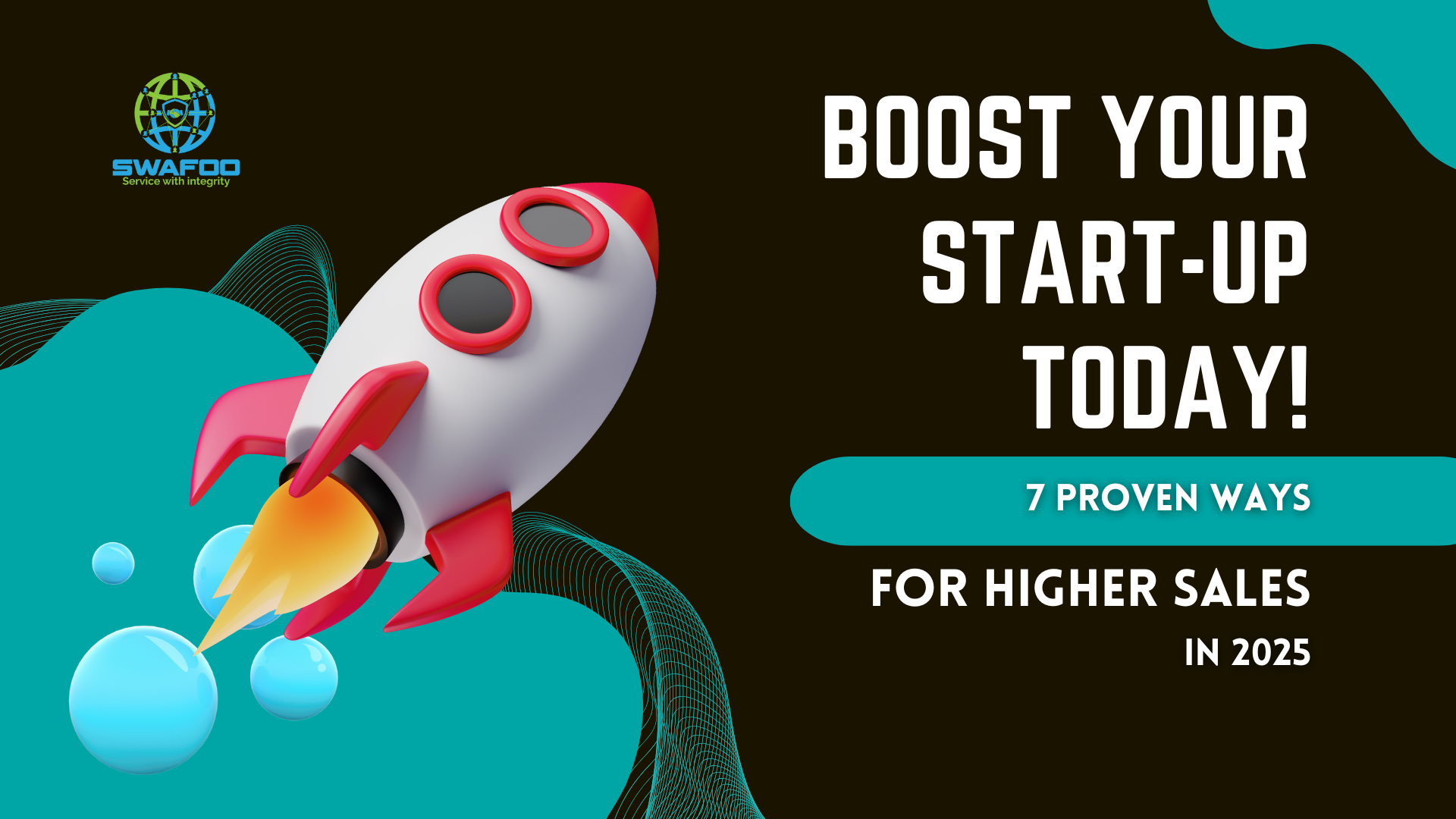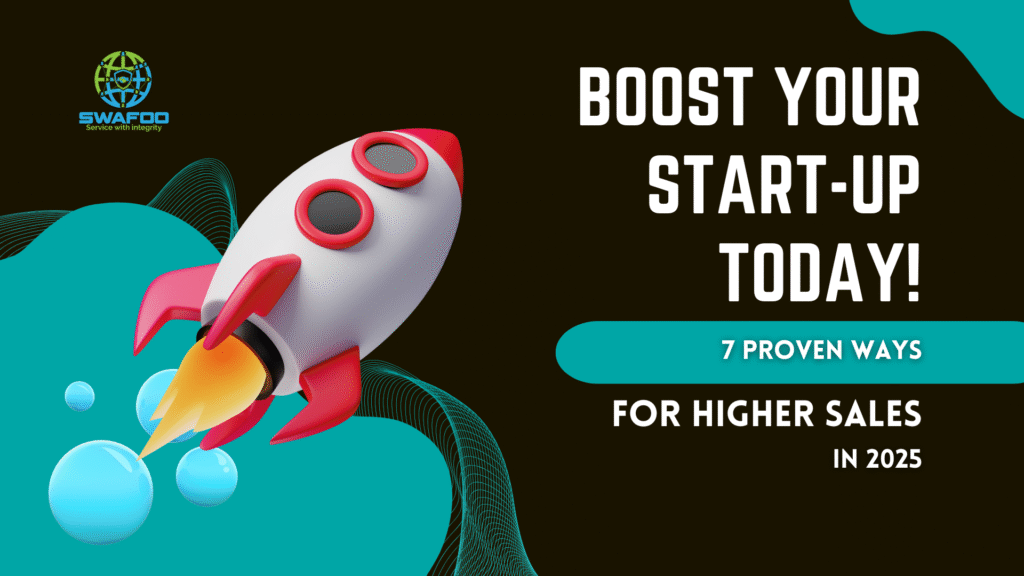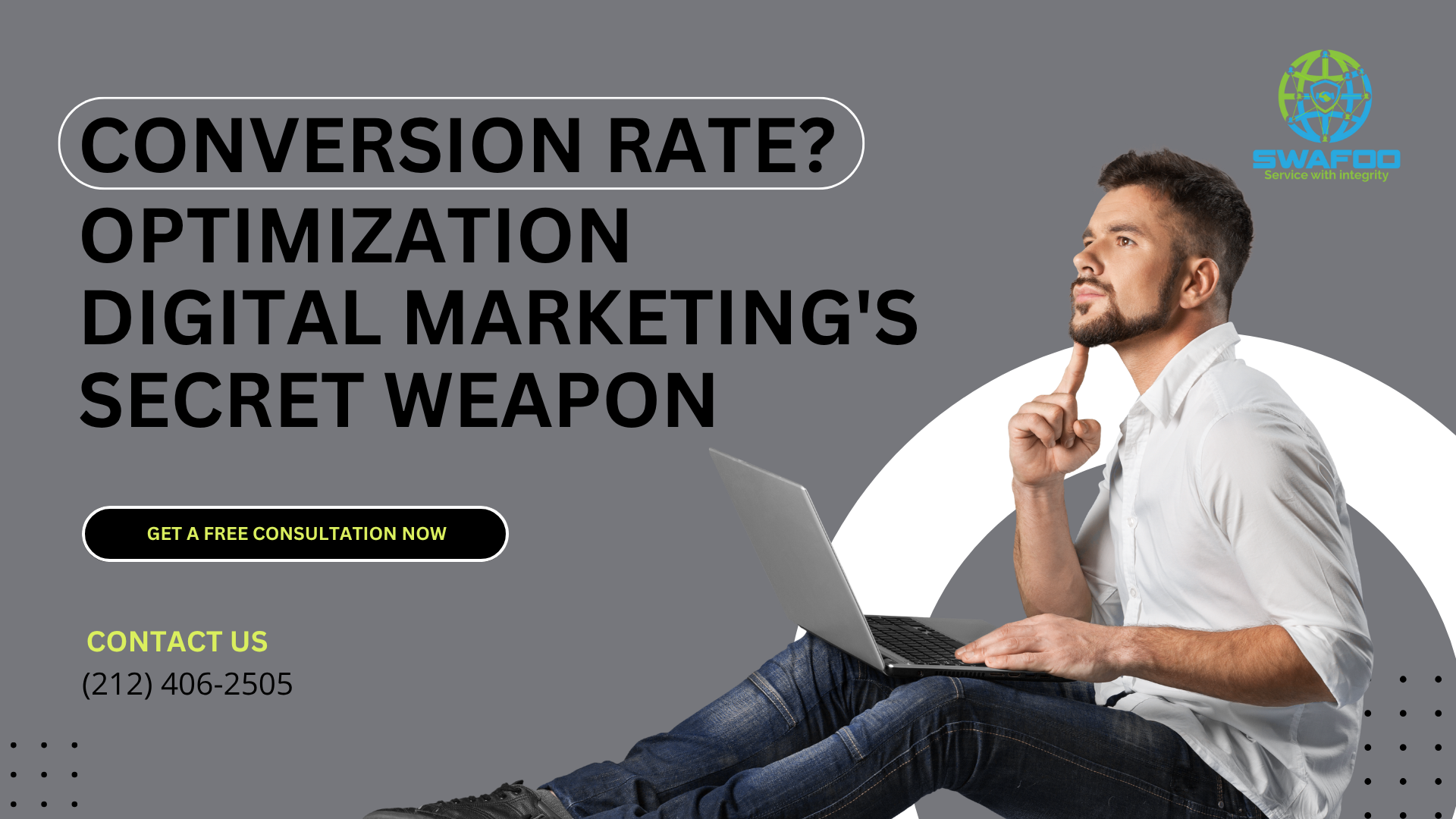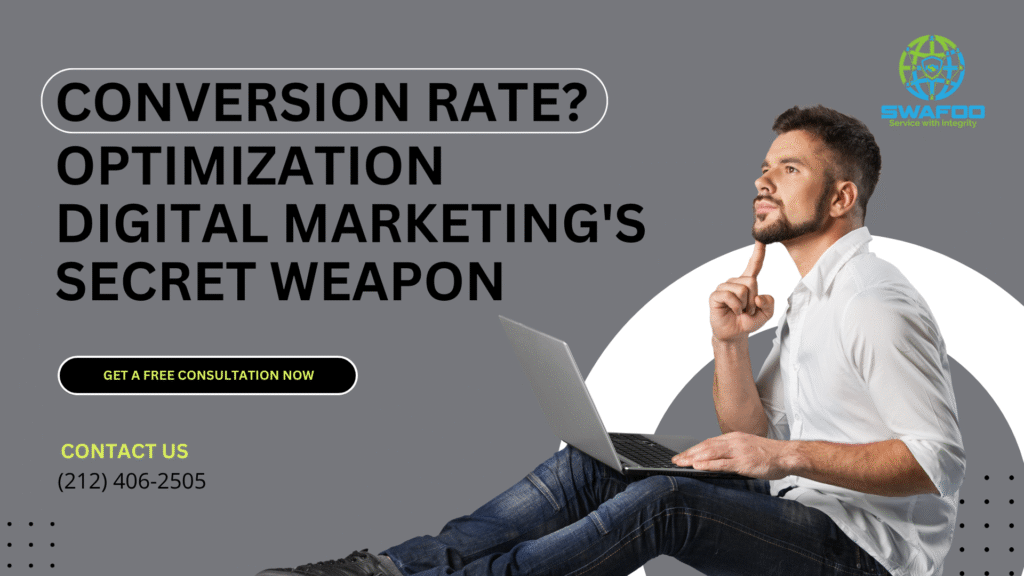Is Your Small Business Website Costing You Sales?
Is Your Small Business Website Costing You Sales?
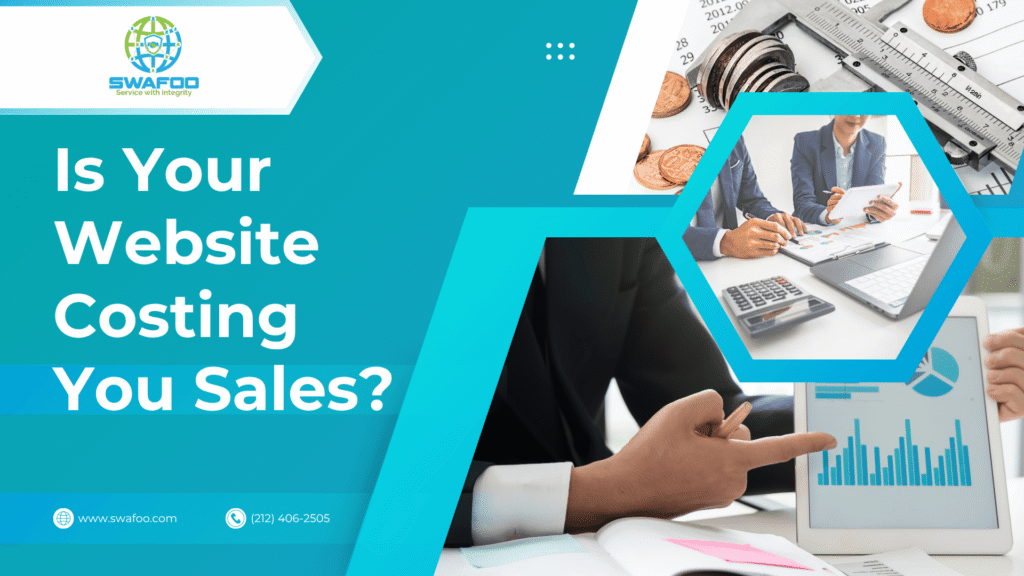
If your small business website isn’t pulling its weight, you could be leaving revenue on the table. The truth is, your website is more than just a digital storefront it’s a powerful sales tool that either converts visitors into customers or drives them to your competitors. So the big question is: Is your website costing you sales?
Let’s break down what might be going wrong, how to fix it, and how to boost sales with a mobile-friendly, seamless, and intuitive website that performs.
Is Your Website Reflecting Your Brand?
Your brand is your business’s identity, and your website is often the first and only impression a visitor will get. If your site doesn’t reflect the professionalism and personality of your small business, it won’t build trust or credibility.
A Weak Visual Message
When a website lacks cohesive visual elements like logos, fonts, and colors that match your brand, it sends mixed signals. First impressions happen in less than a second, and poor design means lost sales. From your homepage to your product pages, your website should deliver a unified message that is memorable and trustworthy.
Static Content = Static Growth
Many small business owners make the mistake of creating a website and leaving it unchanged for years. But in today’s fast-paced digital world, content regularly needs to be updated. This doesn’t just help with SEO, it keeps visitors engaged and shows that your business is alive and evolving.
Lack of Social Proof
No testimonial, no credibility. Consumers rely heavily on social proof to make buying decisions. Highlight reviews, case studies, or even user-generated content. A site without it is a missed opportunity to convert hesitant visitors into buyers.
Is Your Website Navigation Driving Visitors Away?
Nothing increases friction like a clunky menu or confusing navigation. If users can’t find what they’re looking for in a matter of seconds, they leave.
The Menu Matters
Keep your menu simple, intuitive, and limited to key pages. Don’t bury important info like product pages, FAQs, or the Contact Us section three clicks deep. The more time a visitor spends guessing where to click, the more likely they are to bounce.
Funnel With Purpose
Each part of your website should serve the funnel. Whether someone lands on your blog or your homepage, their journey should be strategically planned. Clear calls to action (CTA), smooth transitions, and helpful suggestions reduce friction and increase the chance they’ll become potential clients.
The Power of Layout
Your layout guides the eye. A chaotic or outdated layout overwhelms visitors and undercuts your message. Stick with clean, modern templates that put focus on your products or services and, most importantly, guide them to your checkout or contact us pages.
Are Your Product Pages Optimized to Convert?
A strong product page isn’t just a description with a photo; it’s a conversion powerhouse. If your product pages aren’t built to convert, you’re missing out.
What Makes a Good Product Page?
Photos matter. So does copy. So does pricing. High-resolution images, compelling descriptions, and a clear breakdown of costs are essential. Your website should answer questions, reduce doubt, and highlight benefits, not just features.
Clear CTAs
Your call to action shouldn’t be vague. “Learn More” might not drive conversion. Try direct phrases like “Buy Now,” “Add to Cart,” or “Schedule a Call.”
Load Time & Browser Compatibility
A slow website can kill interest fast. Your product pages should load quickly on every major browser. A delay of just a few seconds can cost you conversions and potential customers.
Is Your Checkout Process Turning Customers Away?
The checkout process is where sales happen or fall apart. A poor experience here directly impacts your bottom line.
Too Many Steps = Too Much Friction
Ask only for what you need. Every additional field increases the chance of cart abandonment. A one-page checkout or guest checkout option often performs best.
Mobile Checkout Must Be Seamless
A non-mobile-friendly checkout is a guaranteed way to lose sales. If your website doesn’t adapt to mobile screens, users will struggle to input details, view totals, or even click the final purchase button.
Lack of Trust Signals
Security badges, return policies, and even customer testimonials can help build trust during the checkout phase. This reassures buyers that their information is safe and their satisfaction is guaranteed.
Is Your Website Mobile-Friendly?
Over half of all traffic comes from mobile devices. If your website doesn’t adapt, you’re cutting off a major portion of your audience.
Mobile-First Design is Not Optional
Being mobile-friendly means more than just shrinking your desktop site. It means rethinking layout, simplifying navigation, and adjusting for touch interaction. It’s about delivering a seamless user experience that translates well to smaller screens.
Touch-Optimized CTAs
Buttons should be large enough to tap, with enough spacing to avoid mistakes. Don’t cram your menu or place critical CTAs too close together. Make the mobile experience intuitive and stress-free.
Why Mobile Users Are More Likely to Convert
Mobile users are often in decision-making mode, searching for directions, store hours, or pricing on the fly. A website that loads fast, presents clear information, and offers an easy path to purchase is more likely to convert.
What Visual Mistakes Are You Making?
Visual clutter and outdated design elements can derail your online presence. Good design not only grabs attention, it keeps people engaged.
Avoid Outdated Templates
If your website looks like it was built a decade ago, it reflects poorly on your brand. An old template, slow animations, or cheesy stock photos will damage your credibility. Redesign your website with today’s standards in mind.
Consistency is Key
From your logo to your button style, visual consistency helps with recognition and trust. Every element should feel like it belongs to the same brand.
Prioritize Clean Layouts
Use whitespace. Highlight the important things. Eliminate anything that doesn’t serve a clear purpose. A minimalistic layout makes it easier for visitors to browse, explore, and take action.
What is Your Call to Action Really Saying?
Your call to action (or CTA) is one of the most important parts of your website. It’s where you convert a visitor into a buyer.
Placement Matters
Your CTA shouldn’t be hidden. Put it above the fold, at the end of every product or service page, and anywhere a visitor might be ready to act.
Be Direct and Helpful
Don’t be vague. Say what you want them to do: “Download the guide,” “Book your consultation,” or “Start your free trial.”
Match the CTA to the Funnel
Not every visitor is ready to buy. Use different CTAs for different stages: learn more, sign up, contact us, or buy now. This approach boosts relevance and conversion.
The Bottom Line: Is Your Website Costing You Sales?
If your small business website isn’t optimized for mobile, checkout, clear navigation, or visual storytelling, then yes, your website might be costing you sales.
Here are the most important things to remember:
- Audit your website regularly for broken links, outdated content, and poor navigation.
- Prioritize mobile-friendly
- Simplify the checkout
- Use visual elements and templates that reflect your brand.
- Place strong, clear call-to-action
- Keep your content regularly
- Think like your visitor: how fast can they find what they’re looking for?
Your website should work for you, not against you. And if you’re not sure where to start? At Swafoo, we help small business owners build a website that converts, engages, and delivers results. Let’s turn those missed opportunities into new customers.
Share This Post
Subscribe To Our Newsletter
Get updates and learn from the best
More To Explore
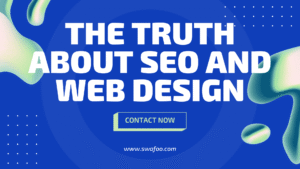
The Truth About SEO and Web Design: How Smart Design Can Improve Your Ranking
SEO and Web Design Every business wants to appear at the top of search engines. But few realize how closely web design and SEO work
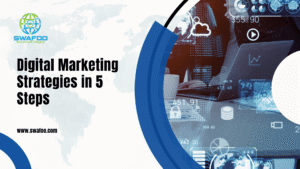
Digital Marketing Strategies in 5 Steps: How to Create One That Delivers Results
Marketing Strategies Creating digital marketing strategies that actually work isn’t about chasing trends or using every platform at once. It’s about focus, knowing what your


